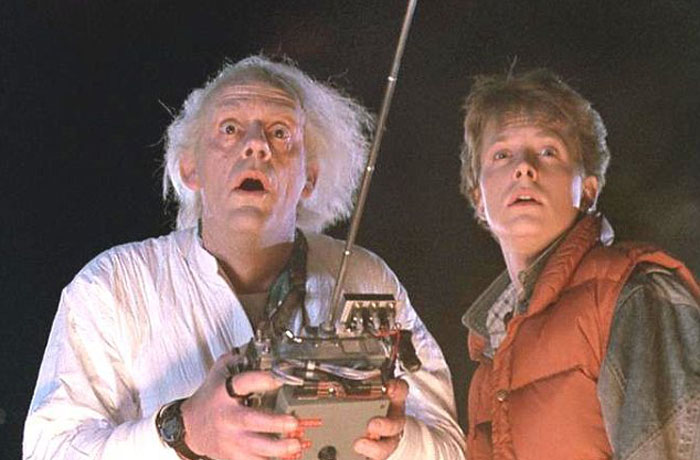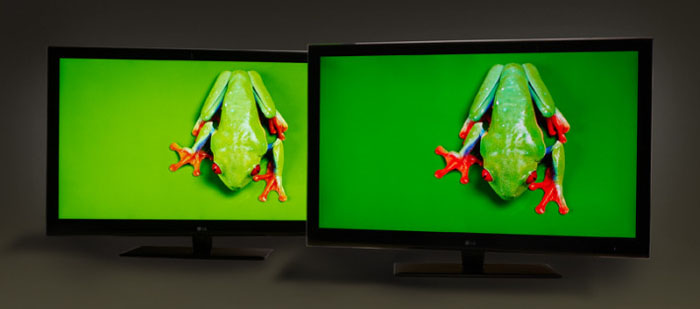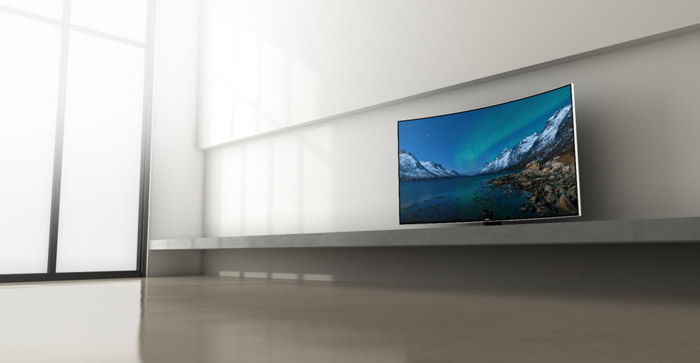Features
What’s The Future Of TV Tech Looking Like?
Check out what’s the latest television technology to come out of CES 2015.

The annual Consumer Electronics Show (CES) which took place in January delivered some serious noise in the TV department, with the big-name manufacturers showcasing some cutting-edge stuff, but when you cut through all the technical jargon and hyperbole, what exactly does the future of the TV market look like?
What technology is still relevant?
While there’s a lot of novelties and buzzwords being thrown around, the truth is that the TV industry won’t drastically change until consumers are accustomed to what tech is driving the market at this point in time; so where are we?
LED and OLED are still the pinnacle of what you’ll find in the local retailer, with 4K sets slowly creeping into the mainstream.
With regards to what’s behind the snazzy LED TVs, they’re pretty similar to existing LCD TVs. The difference lies in how the screens are lit. While traditional LCD TVs use fluorescent backlights, LED TVs use smaller, more energy-efficient LEDs. Though LED TVs are slimmer than traditional LCDs, the need for backlighting still makes LED TVs larger than they could be. While LED screens produce great color, the brightness of the lights can also wash out blacks on the screen.
OLED TVs have elements that generate their own light and don’t require an extra lighting source. Their screens can produce vibrant colors by drawing on electrical current, and don’t need active current at all to produce a true black color. This means thinner sets, better blacks, and lower energy consumption.
And in terms of 4K, the content has been available on sites like YouTube for a while, most people haven’t been able to take full advantage due to the available hardware. This year at CES, the Google-owned streaming service announced that it now has 15 hardware partners shipping VP9 (the codec used to optimize 4K content) so that it’s easier and more reliable to deliver video content). Essentially, that means the 4K compatibility is set to become an expected feature with new TVs..
For reference, “4K” refers to the approximate number of horizontal pixels on the TV display. Normal HD sets have a horizontal pixel count of 1920 and vertical count of 1080, which is where the term 1080p comes from. Most 4K TVs double those pixel counts for each axis – 3840 for the horizontal axis and 2160 for the vertical axis.
So who’s doing what?
Given that the consumer TV market lies within these realms, CES often becomes the platform to show off what’s ‘next’ for TVs, and the manufacturers had some impressive teases.
This year, that evolutionary tech seemed to be optimising the picture quality for UHD content in a way that’s better than rivals. Samsung flashed its line of SUHD TV sets that use new Quantum Dot technology. The TV sets deliver a picture quality that’s twice as bright as HDTVs, and the Quantum Dot tech helps produce more accurate colors, darker blacks.
Quantum Dot is not the only tech Samsung is pushing, as the South Korean tech giant is also highlighting its AMOLED displays. Samsung has shown flexible, 3D, unbreakable, transparent Super AMOLED Plus displays using very high resolutions and in varying sizes. These are popular with smartphones but are also finding their way into TV screens.
These unreleased prototypes use a polymer as a substrate removing the need for glass cover, a metal backing, and touch matrix, combining them into one integrated layer.
While many big TV makers are touting some higher-res set, very few are claiming their new UHD TVs can accurately display the picture quality intended by the filmmakers who produced the HD or 4K video. Panasonic decided to do so with its newly debuted line of nine UHD sets powered by its ‘Life+Screen’ smart TV platform. Rather than offer “enhancements” that artificially brighten a picture or alter its color patterns to look crisper, Panasonic’s new UHDs plan to deliver colors as they were intended to be shown.
And in terms of sheer resolution, manufacturers like Sharp and LG are pushing 8K technology, which, as you can guess by now, is a substantial resolution increase from normal HD TVs. 8K sets feature a resolution of 7680 × 4320 (33.2 megapixels).
So, after all is said and done, do we actually need this new technology? Well, yes and no. The television tech showcased at CES is always a fair bit away from hitting the mainstream consumer market, and even when it does, it’s often extremely expensive. What helps drive the need for these technologies is the supply of content that benefits from it. We’re yet to see 4K, and even 3D broadcasts for that matter, be readily available from service providers. So until then, it makes it difficult to recommend or see the need for these TVs.
Samsung’s Quantum Dot technology and Panasonic’s accurate colour tech will be the innovations that are more likely to be adopted by consumers, as it doesn’t necessarily require new video content to harness, but rather improves the quality and picture of services and video we already get.
Are curved screens better?
Curved screens seem to be filling up shelf space at local retailers, but are they really worth it? Viewers have found that curved screens can help reduce reflections and provide a slight sense of increased immersion, but they are also incredibly expensive and can distort some geometric shapes; so it comes down to more of a cosmetic decision than that of a visual experience.











